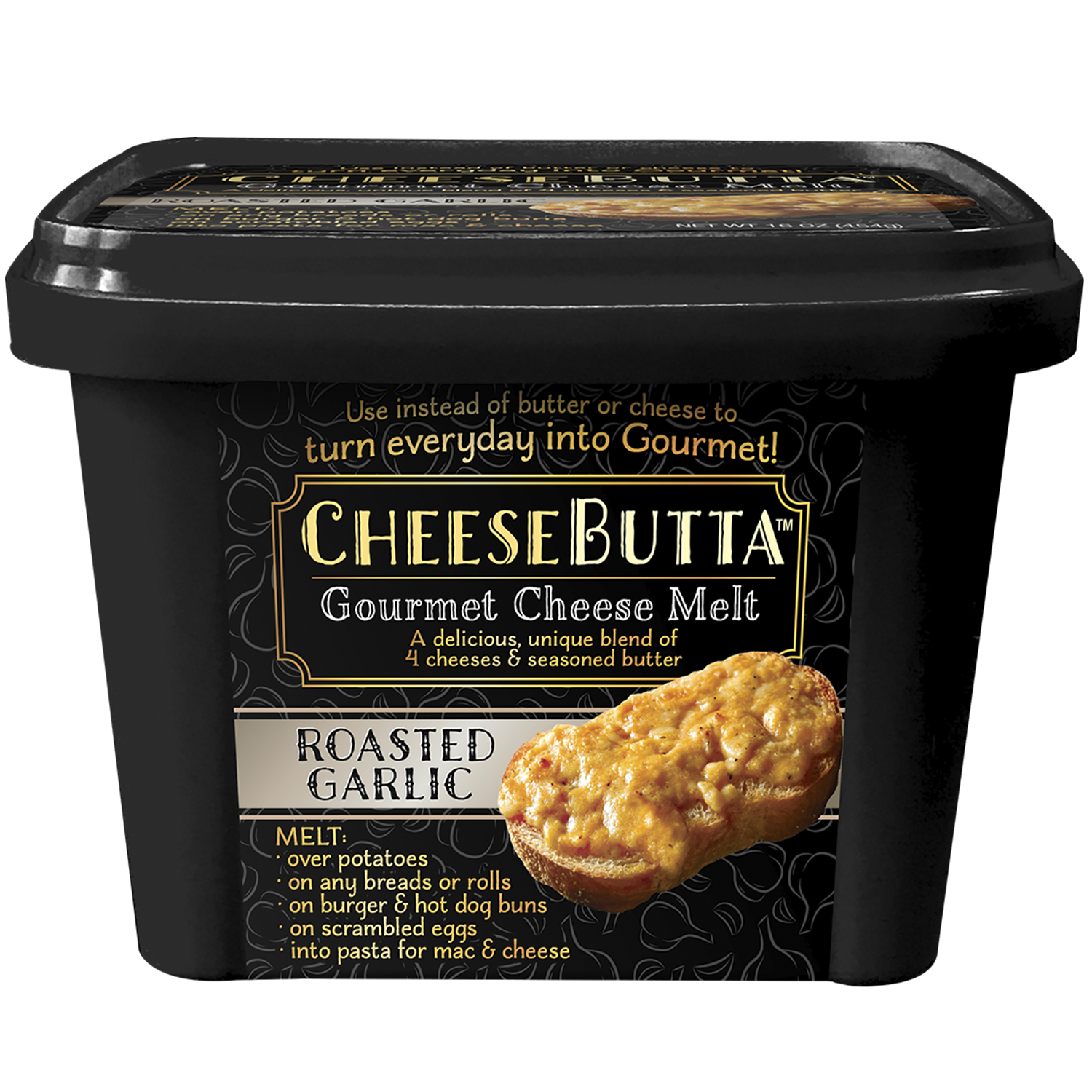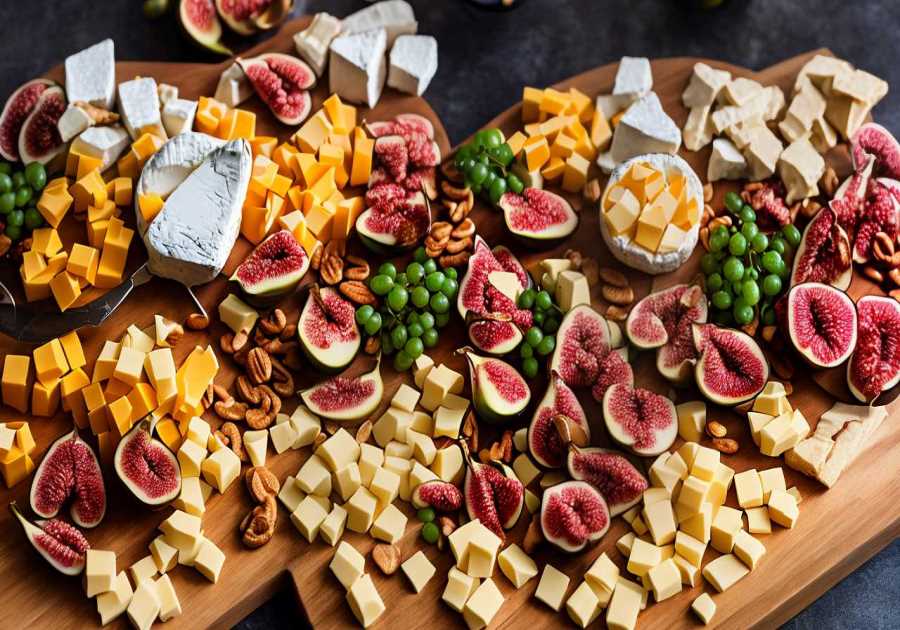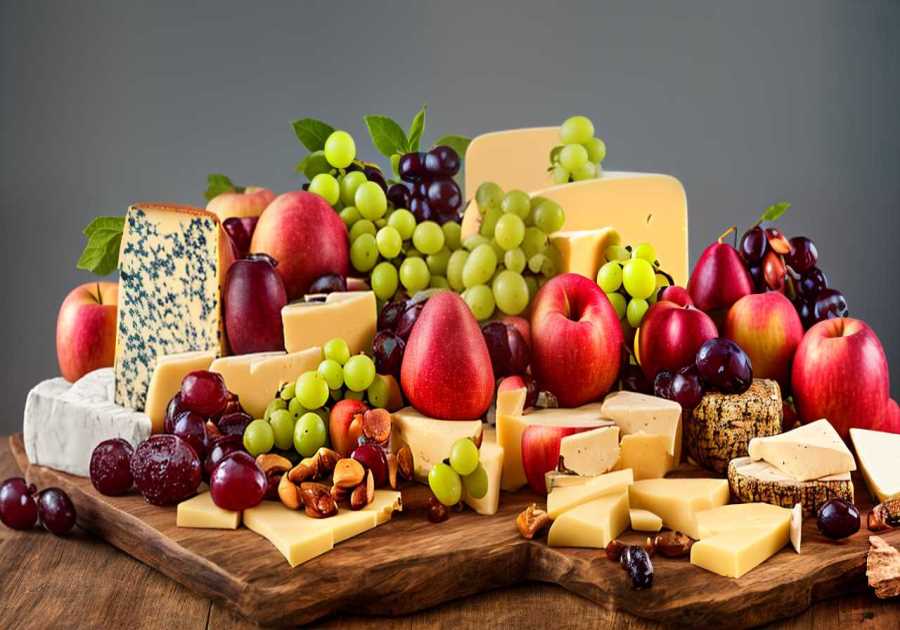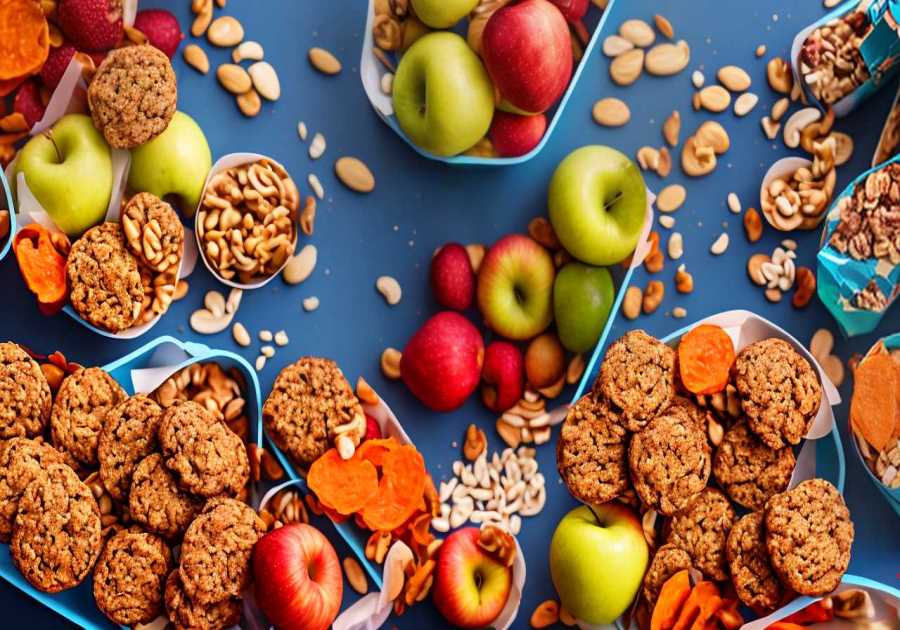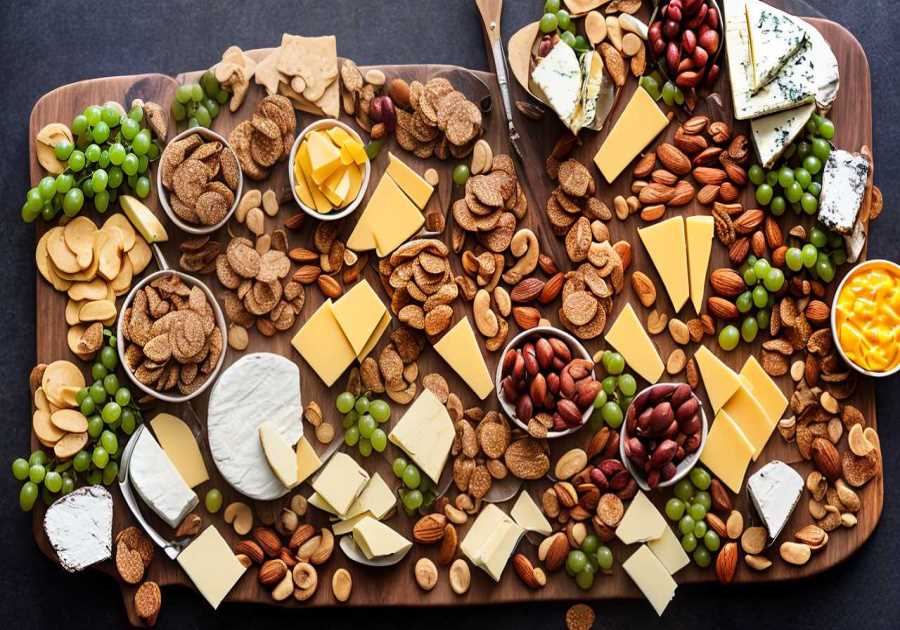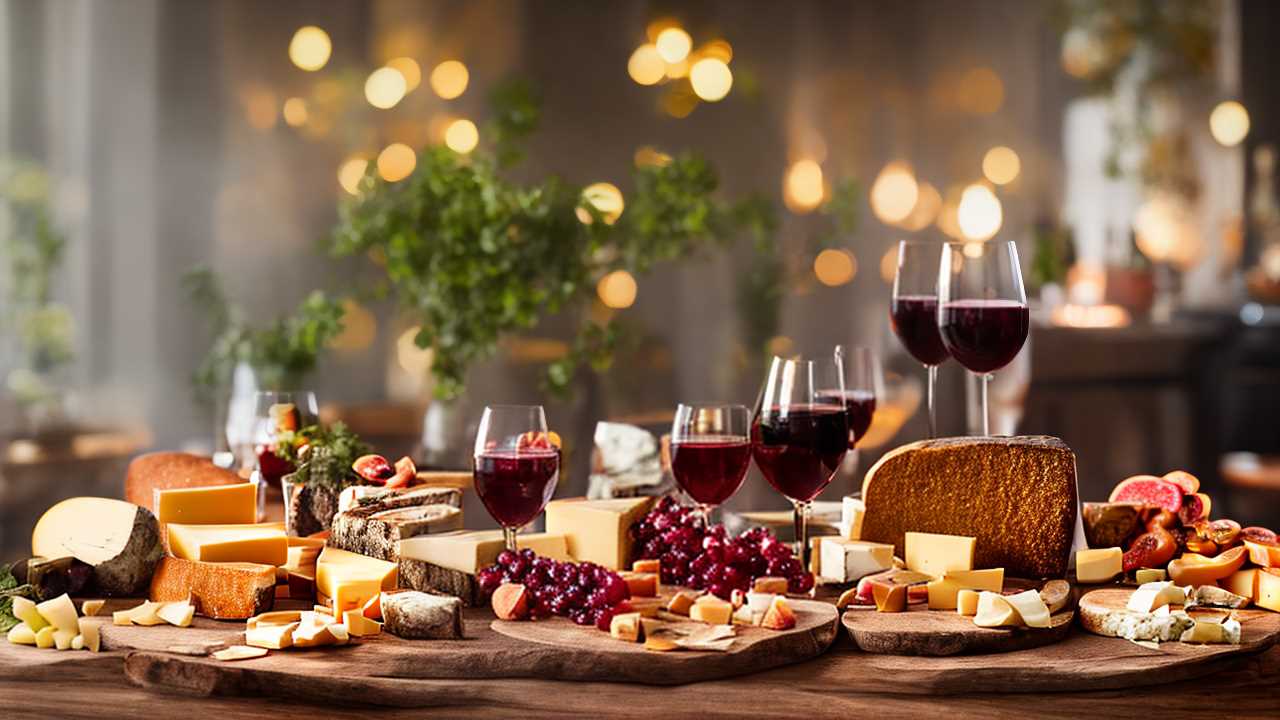
What Is Best to Eat Cheese With?
When you're deciding what's best to eat with cheese, consider a variety of pairings that enhance its flavors. For a textural contrast and flavor boost, try serving your cheese with classic crackers, whether they're slightly salty to complement a creamy Brie, or nutty for a robust Cheddar. Fruits like crisp apples or sweet figs cut through the richness of cheeses with their tart and sweet notes, while nuts such as almonds provide a satisfying crunch. Don't forget to explore combinations with wines, where a light Chardonnay pairs splendidly with soft cheeses. Each pairing has the potential to unlock new facets of your cheese's flavor, beckoning further exploration and enjoyment.
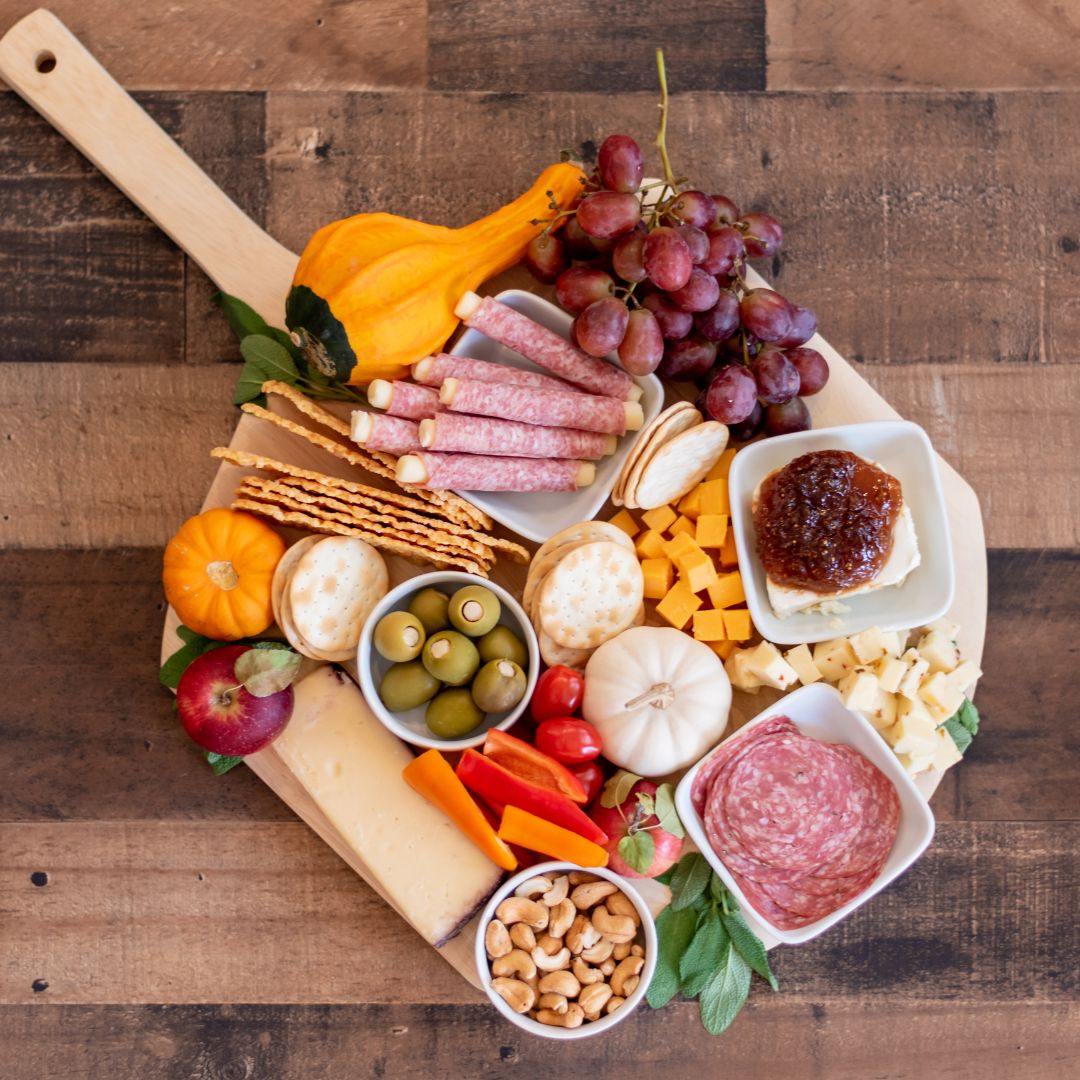
Classic Crackers and Bread
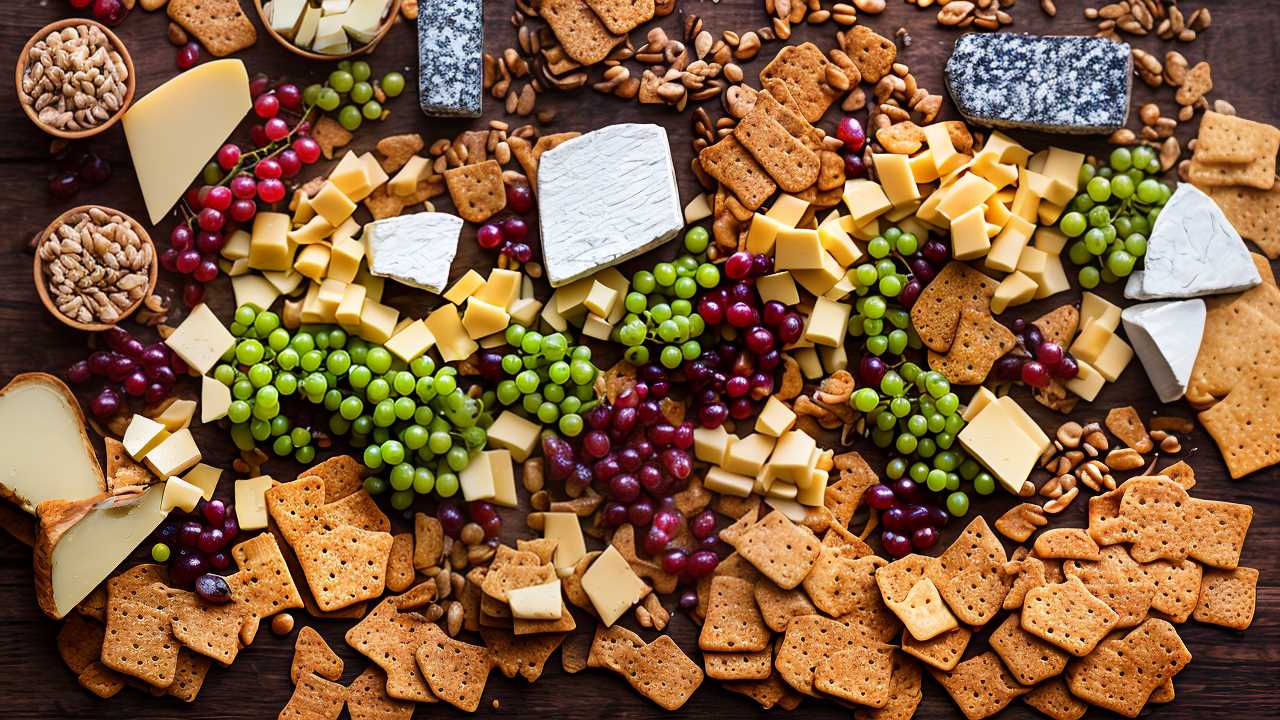
When exploring cheese pairings, you can't overlook the foundational role of classic crackers and bread. Their subtle flavors and varied textures provide a canvas that enhances the character of different cheeses. As you serve cheese spreads on your cheese boards, consider how the crunch of a well-chosen cracker or the softness of freshly sliced bread can elevate the overall experience.
Choosing the right type of bread or cracker is crucial. Opt for neutral, slightly salty crackers that won't overpower the flavors of delicate cheeses like Brie or Camembert. These cheeses are creamy and subtle, and they require a base that complements their soft, rich profiles without adding competing flavors.
On the other hand, robust, aged cheeses like Gouda or Cheddar pair beautifully with nuttier, whole-grain breads or crackers that can stand up to their stronger tastes and textures. For an enhanced experience, consider pairing these breads and crackers with Super Flavorful CheeseButter Spread which combines rich cheese with creamy butter for a delightful taste sensation.
Texture plays a significant role as well. Crisp breadsticks or water crackers offer a pleasing crunch that contrasts wonderfully with the creaminess of softer cheese spreads. The tactile experience of biting into a crunchy cracker followed by the melt-in-your-mouth sensation of the cheese creates a delightful juxtaposition on the palate.
When you're assembling a cheese board, think about the visual and textural balance as well. Offering a variety of bread and crackers not only caters to different personal tastes but also makes the board more inviting.
It's about crafting an experience that guests will enjoy, one that encourages them to explore and savor each unique pairing you've curated. So, as you prepare to host, remember the importance of these classic elements in achieving the perfect cheese board.

Fruits and Nuts Pairings
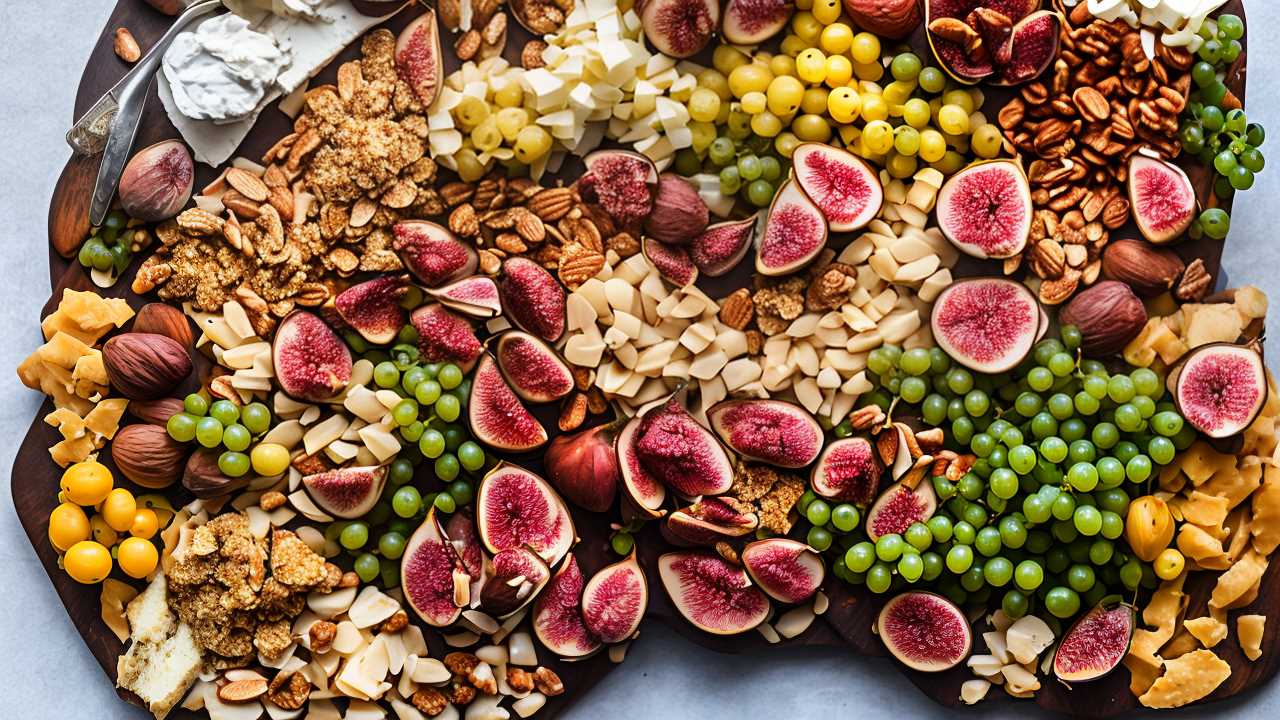
Moving beyond bread and crackers, pairing cheese with fruits and nuts offers a delightful exploration of flavors and textures. As you curate cheese boards for your guests, consider how the unique characteristics of fruits and nuts can complement or contrast the flavor profiles of various cheeses.
When selecting fruits, aim for a balance of sweet and tart. Apples and pears, with their crisp textures, pair beautifully with soft cheeses like Brie or Camembert, which melt away against the juiciness of the fruit. The sweetness of figs or grapes cuts through the sharpness of aged cheddar, creating a harmonious blend on the palate. For a refreshing twist, citrus segments or dried fruits like apricots can offset the creaminess of goat cheese.
Exploring unconventional pairings such as sharp cheddar with the tropical sweetness of pineapple can introduce an exciting twist to the traditional cheese board. This combination brings a vibrant contrast that delights the palate, showcasing how versatile cheese pairings can be.
Nuts add a crunchy contrast to the creaminess of cheese. Almonds and walnuts, with their earthy tones, enhance the deep flavors of Gouda or Manchego. Their subtle bitterness can also balance the sweetness of fruitier cheeses, such as Wensleydale with cranberries.
Pecans, slightly sweeter, work wonders with blue cheese, their buttery richness standing up to the strong, piquant notes of the cheese.
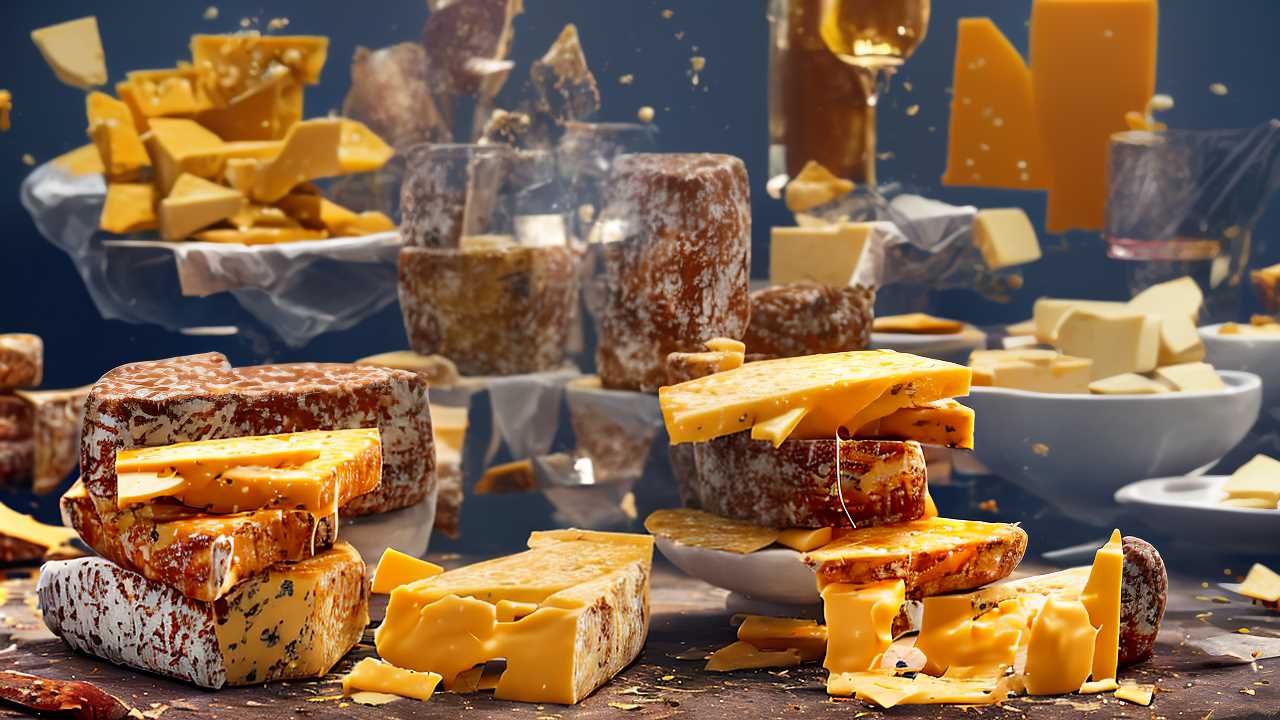
Wine and Cheese Combinations
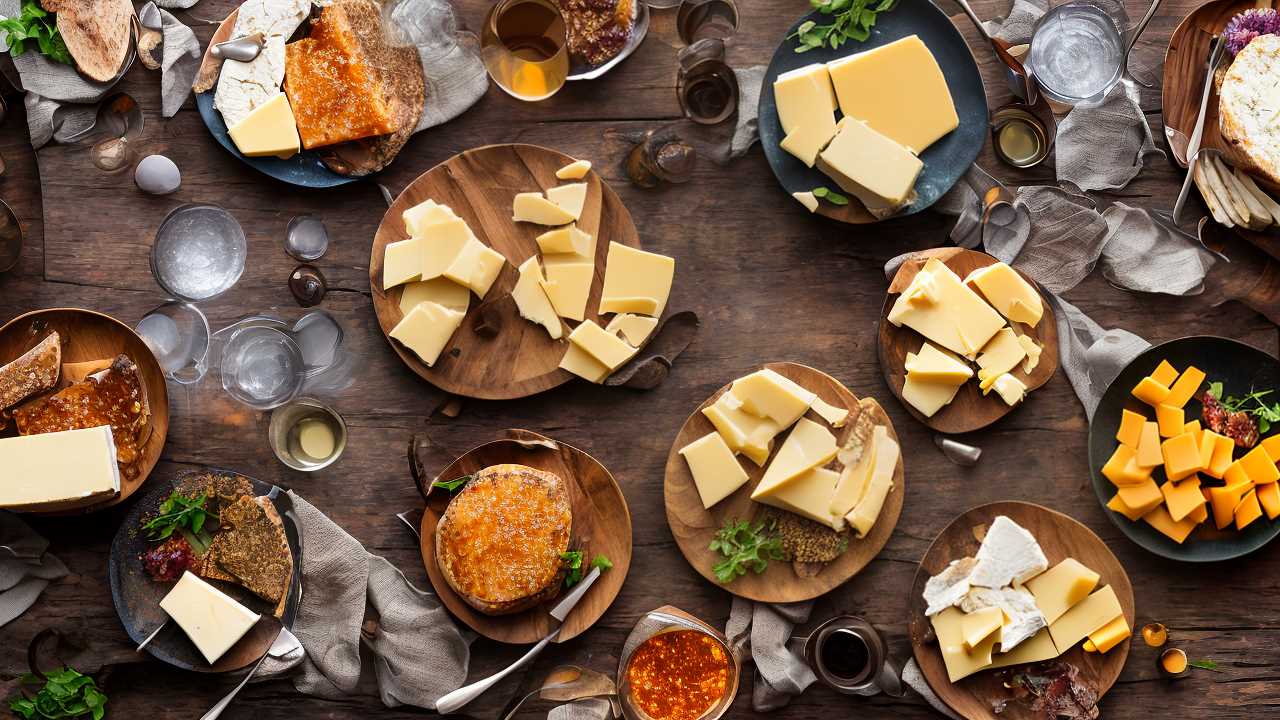
As you master the art of pairing cheese with fruits and nuts, exploring how wines can elevate these combinations further enriches the dining experience. Wine and cheese, both products of deep-rooted traditions, offer a tapestry of flavors that, when expertly matched, delight and surprise even the most seasoned palates.
To begin, consider the intensity and texture of both the cheese and the wine. Soft, creamy cheeses like Brie or Camembert meld beautifully with light, fruity wines such as Chardonnay. The buttery notes in the wine complement the rich, velvety texture of the cheese, creating a harmonious balance on the palate.
Conversely, for sharper, more robust cheese varieties, such as aged cheddar or gouda, a full-bodied red wine like Cabernet Sauvignon provides a powerful contrast that enhances the depth of the cheese's flavor. Additionally, experimenting with bold experiments like blue cheese paired with bacon can introduce an unexpected, yet delightful twist to your wine pairing adventures.
Exploring regional cheeses and local wines can also lead to delightful discoveries. For example, a crisp Sauvignon Blanc from the Loire Valley pairs impeccably with a tangy goat cheese from the same region. The principle here is simple: what grows together, goes together. This approach not only supports local producers but also ensures that the pairings maintain a unique regional character that can be hard to replicate with products from different areas.
When serving, always allow the cheese to come to room temperature to fully express its flavor profile. Arrange the cheeses from mildest to strongest; this allows your guests to experience the range of tastes and textures without overwhelming their palate.
As you guide them through each pairing, share the story behind the regional cheeses and wines to enrich their experience.
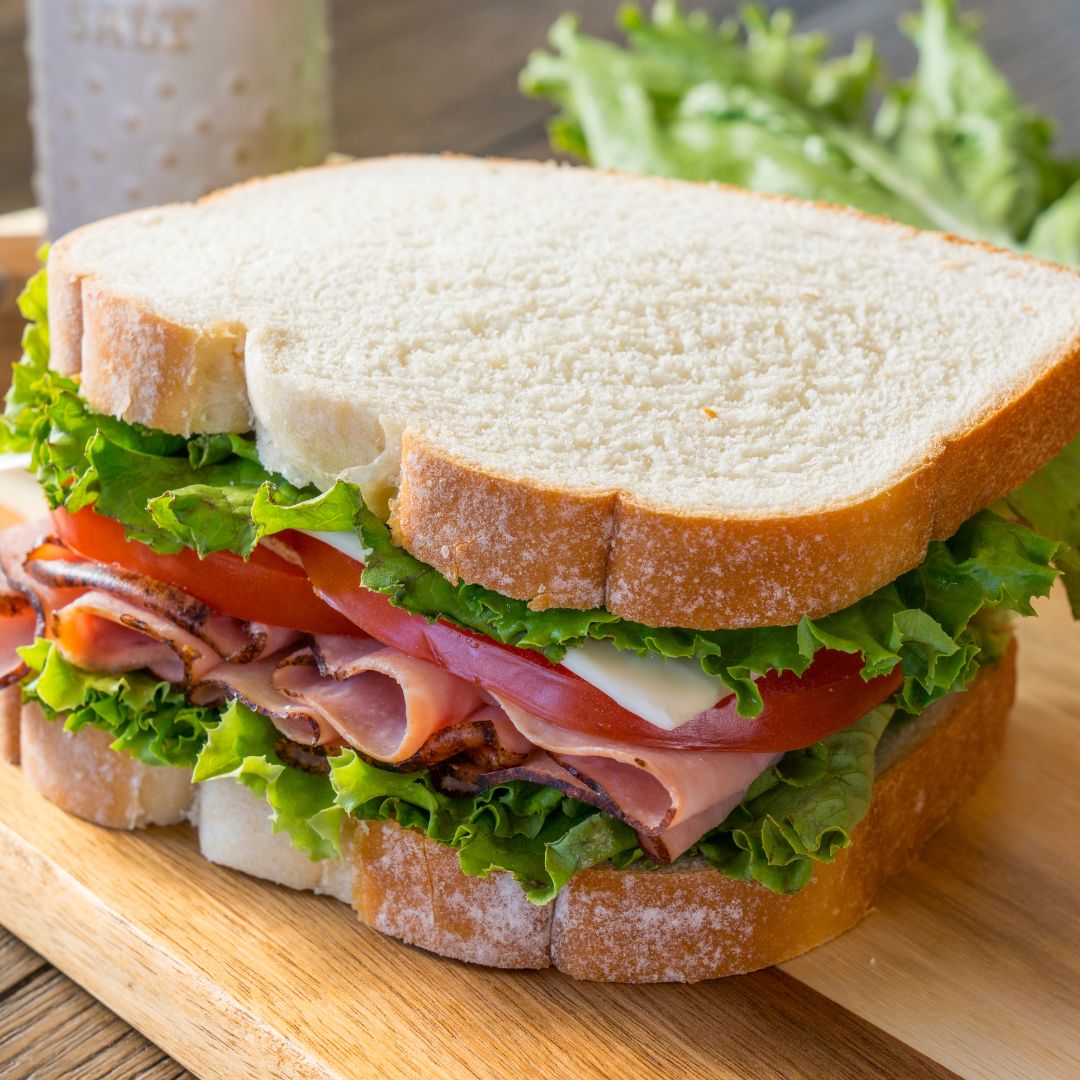
Sweet Treats and Chocolate
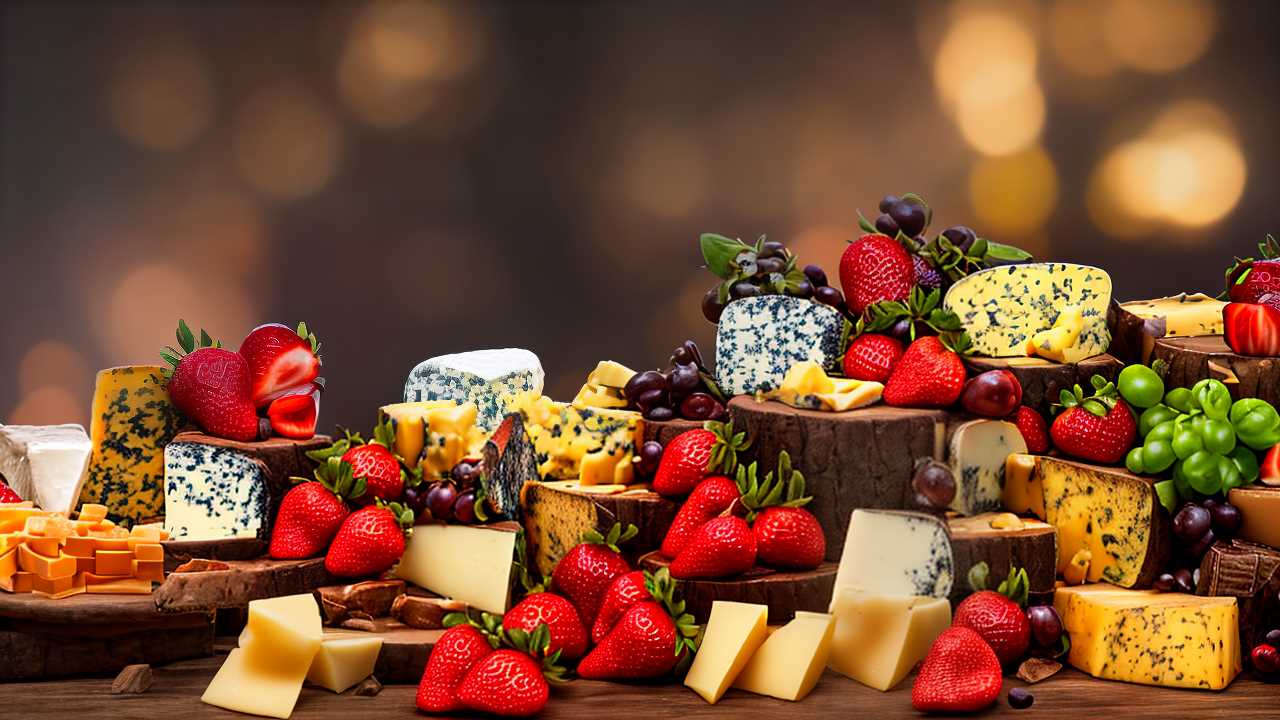
Dive into the luscious world of sweet treats and chocolates to discover another delightful pairing with cheese. When you're aiming to impress or simply indulge in a richer sensory experience, combining cheese with sweet elements isn't just tasteful—it's an art.
Let's explore how the complex flavors of dessert cheeses can be enhanced by the subtle or bold notes of chocolates and other sweet delights.
- Chocolate Fondues: Imagine dipping pieces of creamy brie or tangy goat cheese into a warm, flowing chocolate fondue. The contrast between the salty cheese and the sweet, rich chocolate creates an unforgettable taste experience. Opt for a dark chocolate fondue to balance the richness of cheeses like Camembert.
- Honey and Walnuts: Drizzle honey over slices of blue cheese and sprinkle with walnuts for a texture-rich and flavor-packed dessert. The natural sweetness and crunch complement the intense, earthy notes of the cheese, providing a simple yet sophisticated dessert option.
- Fruit Pies and Tarts: Serve a slice of sharp cheddar with your apple pie, or pair a creamy mascarpone with a fresh berry tart. The acidity and sweetness of the fruit highlight the creamy and savory elements of these cheeses, making each bite a harmonious blend of flavors.
- Sweet Biscuits and Spreads: Spread a soft, rich ricotta or mascarpone on sweet biscuits and top with a fig or apricot jam. This combination brings a delightful creaminess that melds wonderfully with the sweet, fruity spread.
As you serve these pairings, you'll not only satisfy the taste buds of your guests but also engage them in a culinary exploration that marries the best of both worlds—cheese and sweet treats.

Unexpected Savory Matches
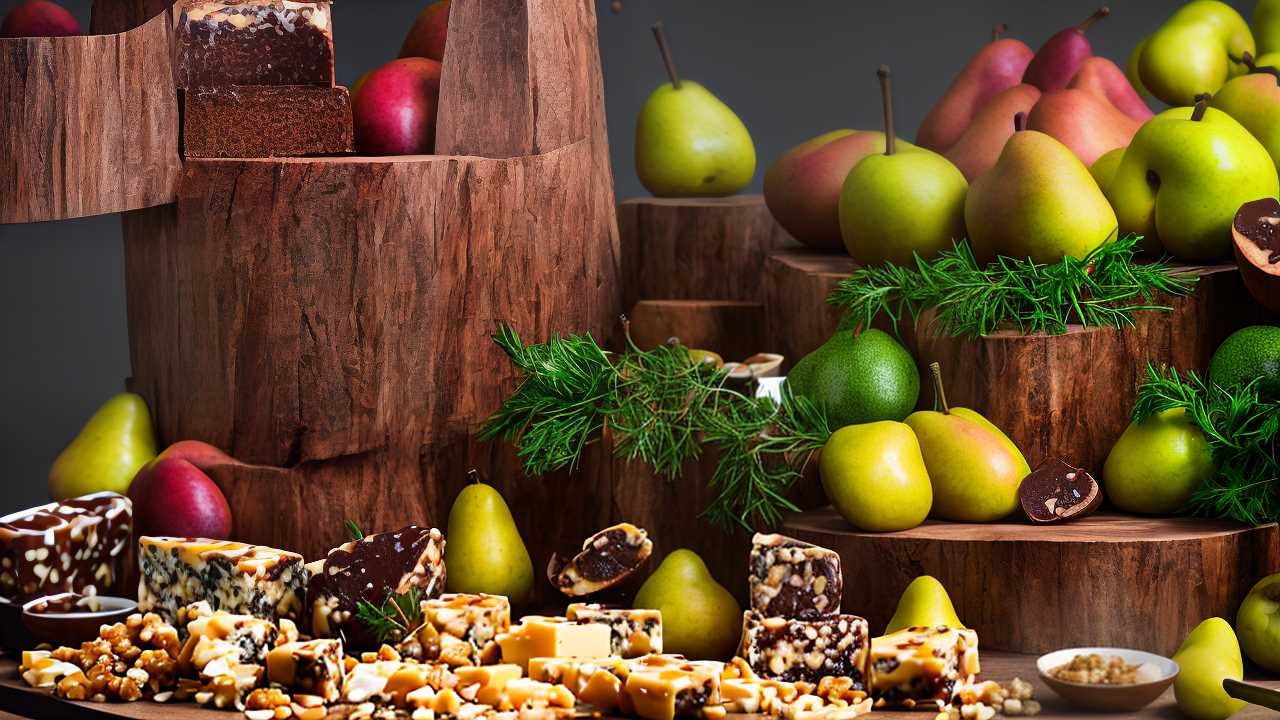
Exploring the realm of unexpected savory matches, you'll find that cheese pairs brilliantly with a variety of non-traditional partners, enhancing both flavor and texture. When you delve into these combinations, you're not just serving food; you're crafting experiences that surprise and delight.
Consider the robust world of savory spreads. A tangy, herb-infused tapenade makes an exquisite companion to the creamy subtleties of a fresh goat cheese. The salty punch of the olives contrasts perfectly with the mild, earthy notes of the cheese, creating a balanced harmony on the palate.
Or imagine a rich, smoky eggplant spread alongside a slice of aged provolone. The smokiness of the eggplant enhances the sharpness of the provolone, making each bite a multi-layered discovery.
Moving on to pickled vegetables, these aren't merely accompaniments but transformative elements for cheese pairings. The bright acidity and crunch of pickled carrots or cucumbers cut through the richness of soft cheeses like Brie or Camembert, refreshing the palate and enhancing the lush, buttery profiles of these cheeses.
For a bolder twist, pair a spicy kimchi with a mild, creamy cheese such as mozzarella. The heat and complex flavors of the kimchi invigorate the subtle cheese, resulting in a dynamic and exciting culinary juxtaposition.
When you serve these unexpected pairings, you're not just offering food; you're providing an exploration into the delightful complexity of flavors and textures, inviting your guests to savor each nuanced interaction.
It's about creating moments of joy and discovery through the artful pairing of simple ingredients.
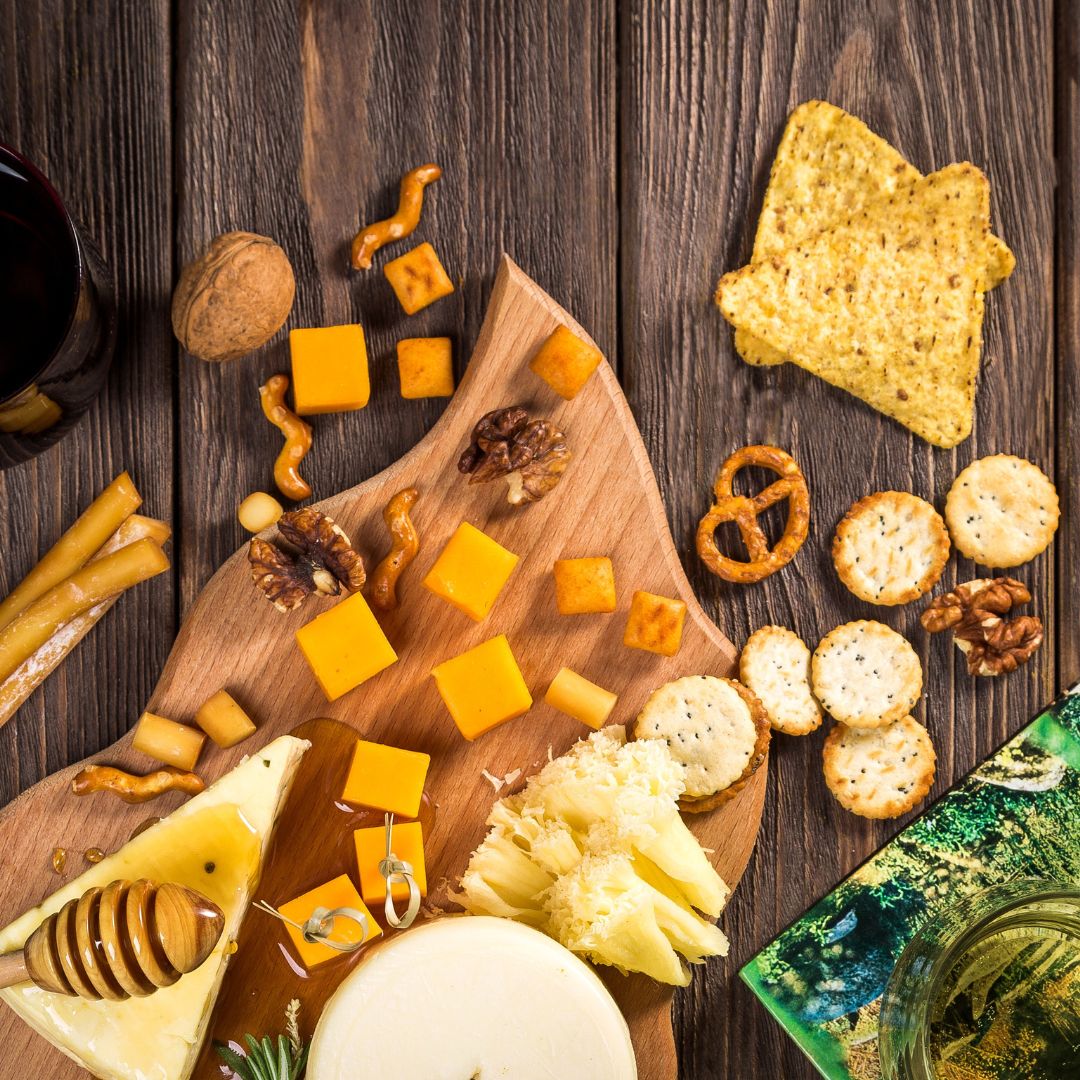
Frequently Asked Questions
How Does Aging Affect Cheese Flavor and Pairing Options?
As cheese ages, its flavor complexity increases, enhancing your culinary creations.
You'll find that older cheeses offer pronounced, robust profiles, ideal for sophisticated pairings.
Think of pairing an aged cheddar with a bold red wine or a vintage gouda with a rich stout.
Each match elevates the dining experience, allowing you to serve memorable, refined flavors.
What Cheeses Are Lactose-Free?
If you're seeking lactose-free varieties, you'll find several cheese alternatives that cater to your dietary needs.
Aged cheeses like cheddar, Swiss, and Parmesan naturally contain minimal lactose, making them suitable options.
Additionally, look for specially crafted lactose-free cheese from brands dedicated to providing dairy alternatives.
These options ensure you can enjoy the rich flavors of cheese without the discomfort often associated with lactose intolerance.
Can Vegan Cheeses Be Paired Similarly to Dairy Cheeses?
Absolutely, you can pair vegan cheese varieties just like traditional dairy cheeses.
As the saying goes, "Variety is the spice of life," and exploring different vegan cheeses allows for exciting flavor pairings.
Analyze their unique profiles; some mimic classic cheeses splendidly, while others offer new tastes.
Perfect your service by matching these with fruits, nuts, or wines that enhance their distinct flavors, ensuring a memorable culinary experience for your guests.
Are There Any Health Benefits to Eating Cheese?
Absolutely, there are several health benefits to eating cheese. Depending on the cheese varieties you choose, you'll find a range of nutritional benefits.
Cheese is a great source of calcium, protein, and essential fats, which are vital for bone health and metabolic function.
However, moderation is key, as some cheeses can be high in saturated fats and sodium.
Opt for options like low-fat mozzarella or cottage cheese to maximize benefits while minimizing drawbacks.
How Do I Store Different Types of Cheese?
To master cheese storage, you'll need to treat each type as a unique treasure.
Hard cheeses demand a cool, dry spot wrapped snugly, preventing them from turning into pricey paperweights.
Soft cheeses, however, like a touch more humidity—think of tucking them into a cozy bed in your fridge.
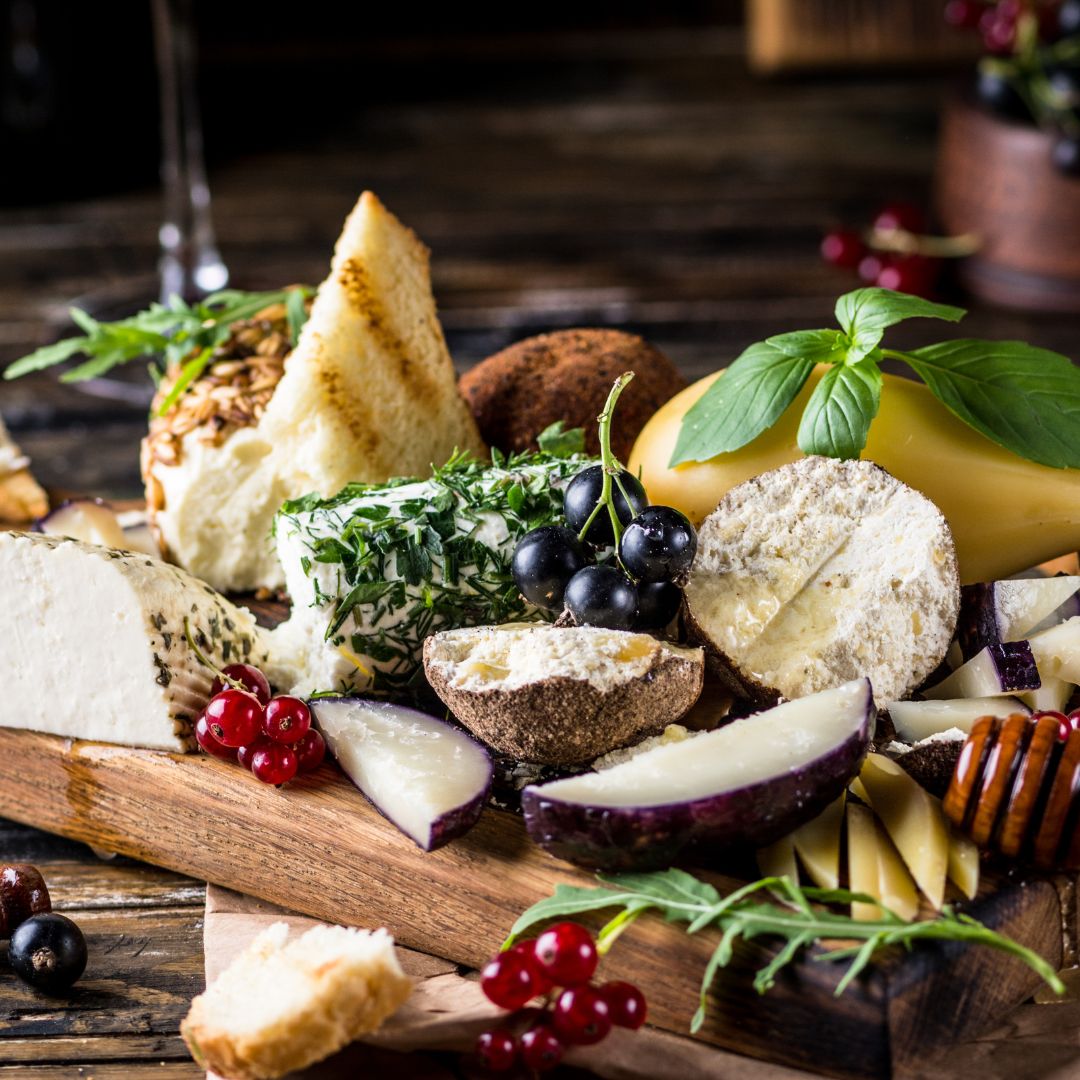
Conclusion
As you navigate the rich landscape of cheese pairings, remember that each combination can transform your taste experience. Like a painter blending colors on a canvas, mix and match cheese with crackers, fruits, or a splash of wine to reveal new flavors. Dive into the unexpected with savory matches, or indulge in a sweet interplay with chocolate. Your culinary intuition will guide you, turning each bite into a masterpiece of taste that resonates with your unique palate.

